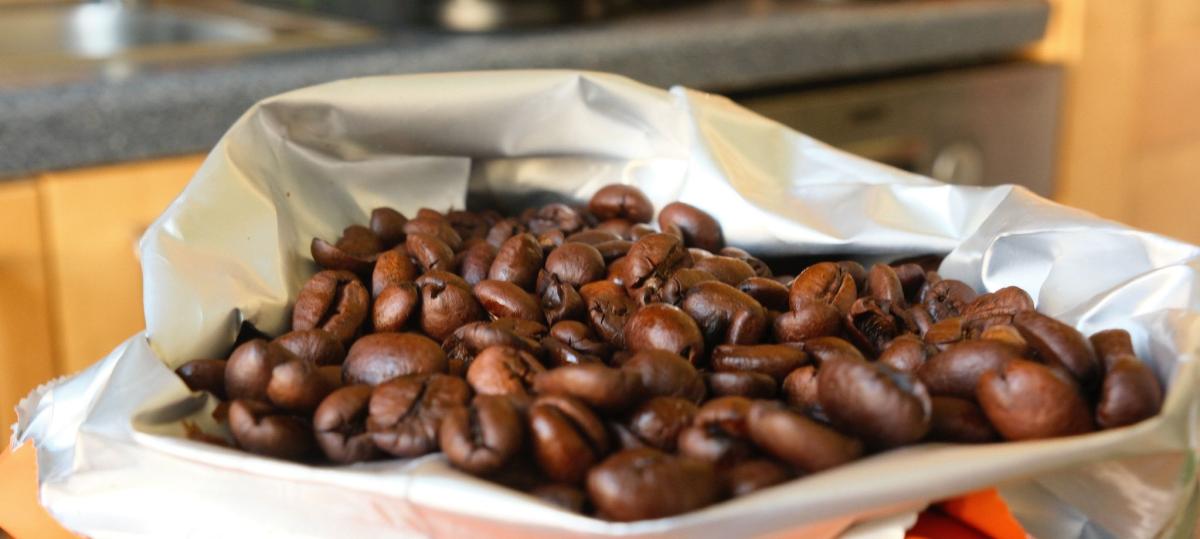How Easter is celebrated in various countries around the world

In Greece, the Holy Week includes the sequence of the passions of Christ, while Easter Sunday is celebrated with the Resurrection and the traditional delicacy, the lamb on the spit, and the red egg, which symbolizes life and the Resurrection.
However in some countries very different traditions.
The Easter bunny in the United States
The tradition of the Easter bun is one of the most well -known and beloved traditions associated with the Easter celebration.
According to tradition, the Easter hare brings eggs full of chocolate or other delicacies and hides them to find the kids on Easter Sunday.
The hare, as an animal breeding in large numbers, was considered a symbol of fertility and new life.
The connection of the hare with Easter also has its roots in the ancient religious worship of the peoples of Europe, who used to celebrate spring as a time of renewal and regeneration of nature.
The hare’s tradition first appeared in Germany in the 17th century.
German immigrants who came to the United States in the 18th century brought this tradition with them, which evolved over the years and became popular with American culture.
In modern times, the Easter hare is a pleasant and dear character that brings joy to children.
Traditions include hunting the « hidden egg », where children are looking for the eggs that the hare has hidden in the garden or inside the house.
Wet Easter in Poland
The śmigus-Dyngus, also known as « wet Monday » or « Dyngus Day », is a living Polish tradition that is celebrated on Easter Monday.
The custom includes people who play each other with water and, traditionally, are beaten with willow branches.
Although it has its roots in Christian customs that honor the baptism of the Prince of Poland in 966, this practice probably pre -existing Christianity, symbolizing the arrival of spring and renewal.
Historically, the boys sprinkled the girls with water and hit them with branches, a gesture that they thought it brought health and fertility.
In some areas, the girls repaid it the next day. Over time, tradition has evolved into a celebration throughout the community, with water battles involving everyone, regardless of age or gender.
In some areas, groups dress bears or other figures, going from door to door to collect treats in exchange for their stumps.
Similar customs are found in other countries in Central and Eastern Europe, such as Slovakia, Hungary and Ukraine.
Easter reading a thriller in Norway
One of the strangest Easter customs is found in Norway, where special publications of police books to celebrate Easter.
This custom is known as « Paaskekrim » and has no religious or pagan root.

During Easter, no eggs are safe in Norway. Illustration: GJERTINE GJERNES
In February 1923, two Norwegians, Nordahl Grieg and Nils Lie, wrote a police novel about plundering a train to Bergen.
The book was called « Bergen’s train fell victim to robbery at night. »
Their next step was to persuade people to buy the book. They thought of a clever design, which can be considered clickbait.
They advertised it in the AFFENPOSTEN newspaper, putting the book title on the front page. The title convinced thousands of readers that the iconic train was actually looted and soon became the most popular Easter book in Norwegian history and is considered the beginning of Påskekrim.
The authors of The Bergen Train knew that Easter was a time when the Norwegians went to mountain huts for relaxation by the fire.
And what better than a police novel to forget about work.
‘Abballu di li diavuli’, the Sicilian devils who tease souls
The Abballu di Li Diavuli (translated as a dancing of the devils) is a special and impressive tradition from Sicily, associated with Easter holidays and especially to the Easter of the Sicily.
It is a traditional dance that represents the devils who tease the souls and the struggle between good and evil.
This tradition, dating from the Middle Ages, includes people dressed in scary uniforms, who appear as devils.
These « devils » dance, jump and cause chaotic and at the same time spectacular scenes on the streets of cities and villages.
https://www.youtube.com/watch?v=qrqu7ouedgu
The spectacle, though impressive, has a symbolic significance, as it represents the attack of evil on the souls and the ultimate victory of the good – that is, the resurrection of Christ, which overcomes death and evil.
People involved in this custom are called « Diavoli » (devils), wearing scary masks and intense colored costumes, which usually include red, black and golden elements.
Their dance is very expressive and often ends up in a « battle » with the « angels ».
This tradition, which can be regarded as a kind of popular theater, represents the intense religious faith of the Sicilians and their need to exorcise evil during the Divine Great Week, with the culmination of the ceremony being the Resurrection of Christ.
Easter rugs in Guatemala
Easter carpets in Guatemala, or Alfombs, are one of Semana Santa’s most impressive and characteristic traditions in the country.
During this time, the inhabitants of the cities and villages create these unique « rugs » on the streets where religious processions pass.
The carpets are mainly made of flour painted with natural dyes to create vibrant colors, but also by wood, flowers, leaves and other natural materials.
Each design is made with great care and detail, and often the issues of carpets are linked to the religion, the Cross, the Resurrection of Christ or the form of the Virgin Mary.
Creating carpets is a collective process that unites the community. Residents work together and devote enough time and hassle to decorate central avenues and straits, creating temporary works of art.
After the processions, the carpets are destroyed, which gives a sense of temporary and dedication to tradition.














